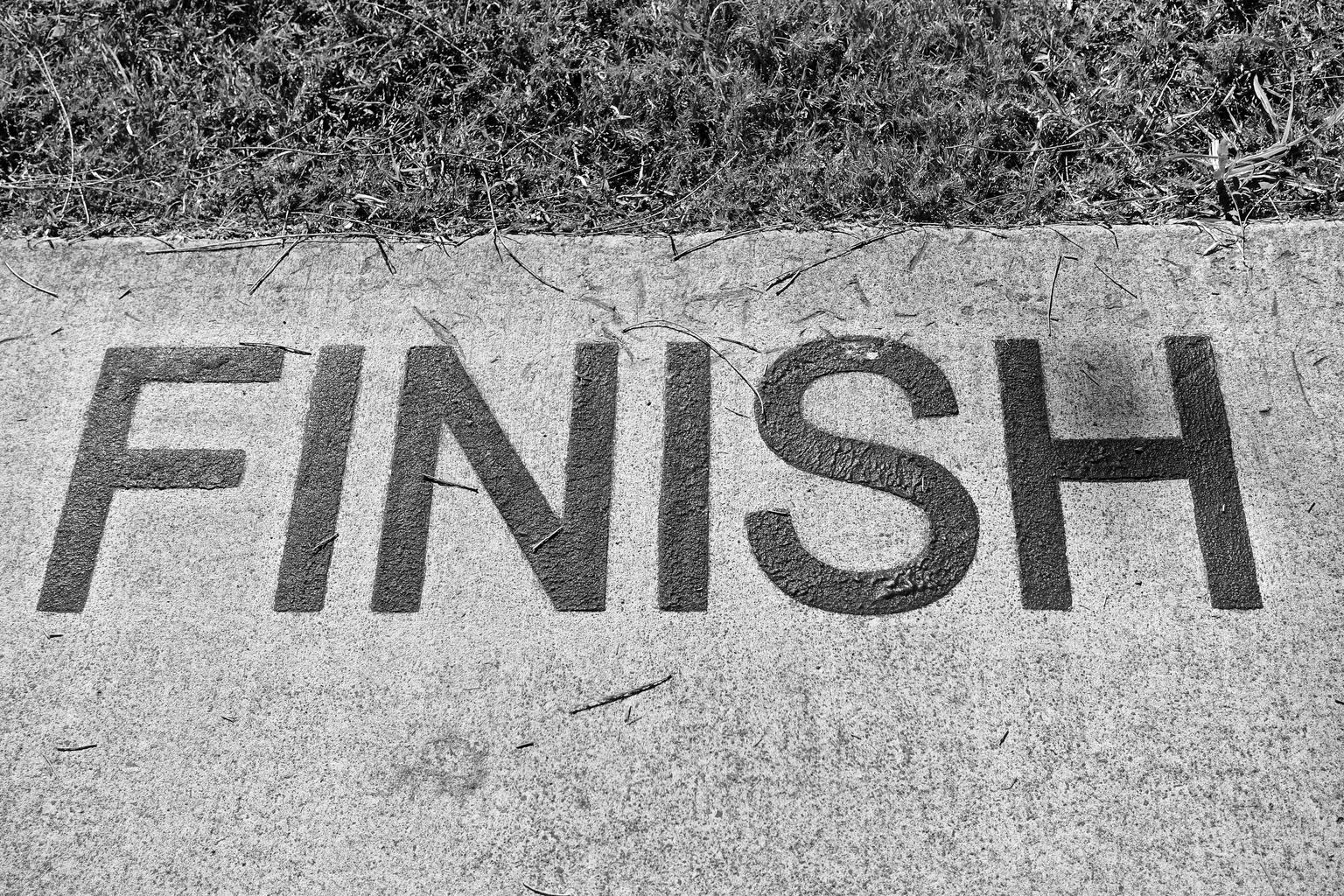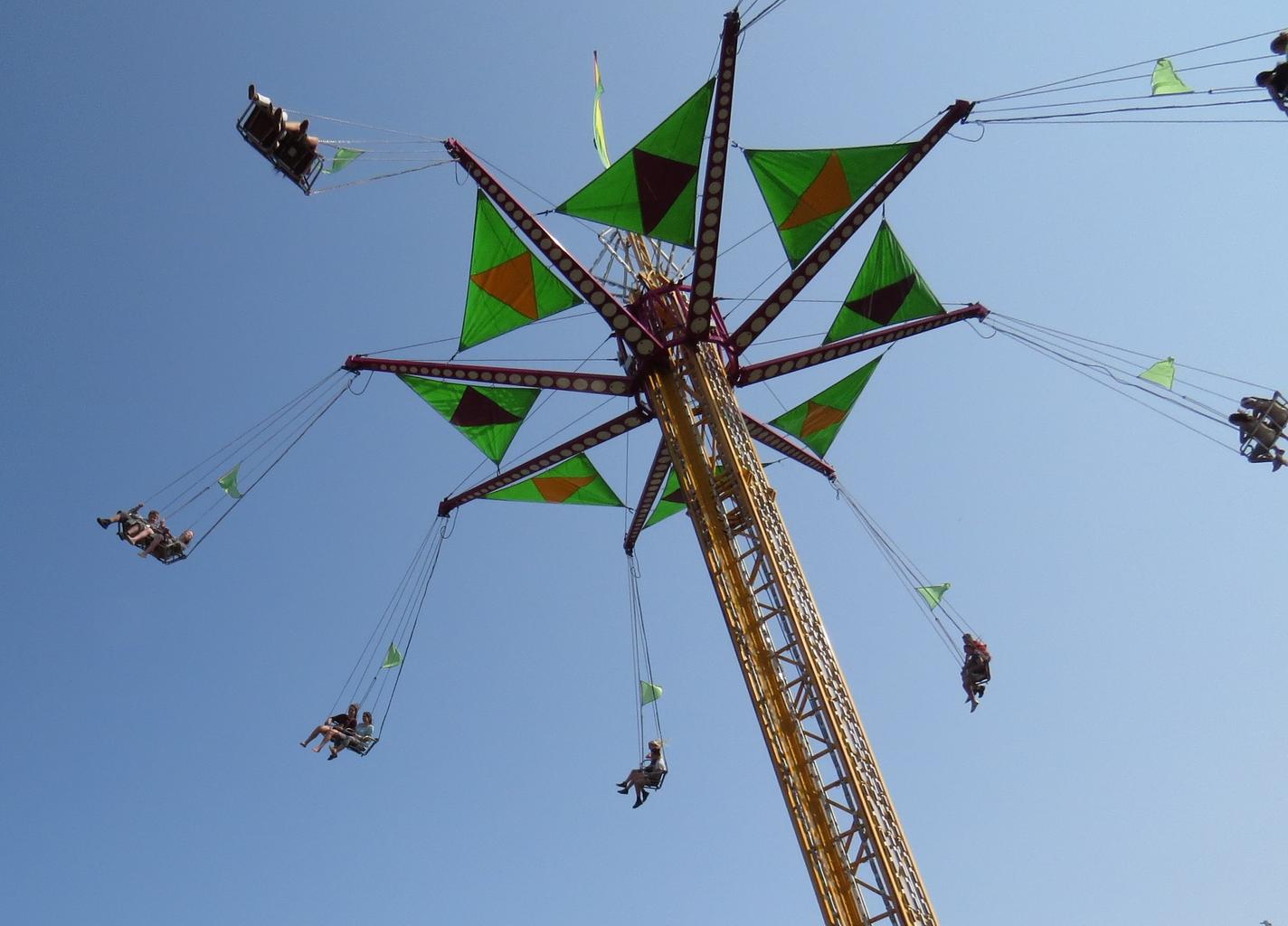How to Calculate Lag by Group in R?
How to Calculate Lag by Group in R?, The dplyr package in R can be used to calculate lagged values by group using the following syntax. Subsetting with multiple conditions in R – Data Science Tutorials df %>% group_by(var1) %>% mutate(lag1_value = lag(var2, n=1, order_by=var1)) The data frame containing the lagged values gains…
















